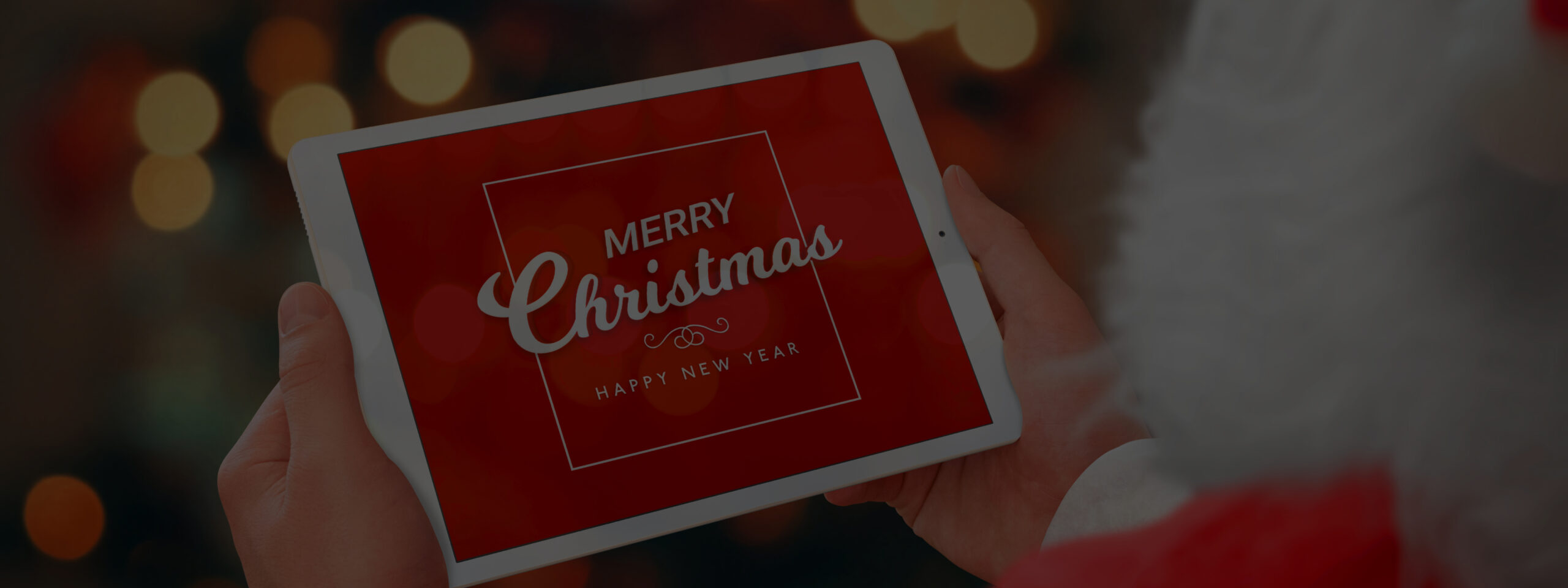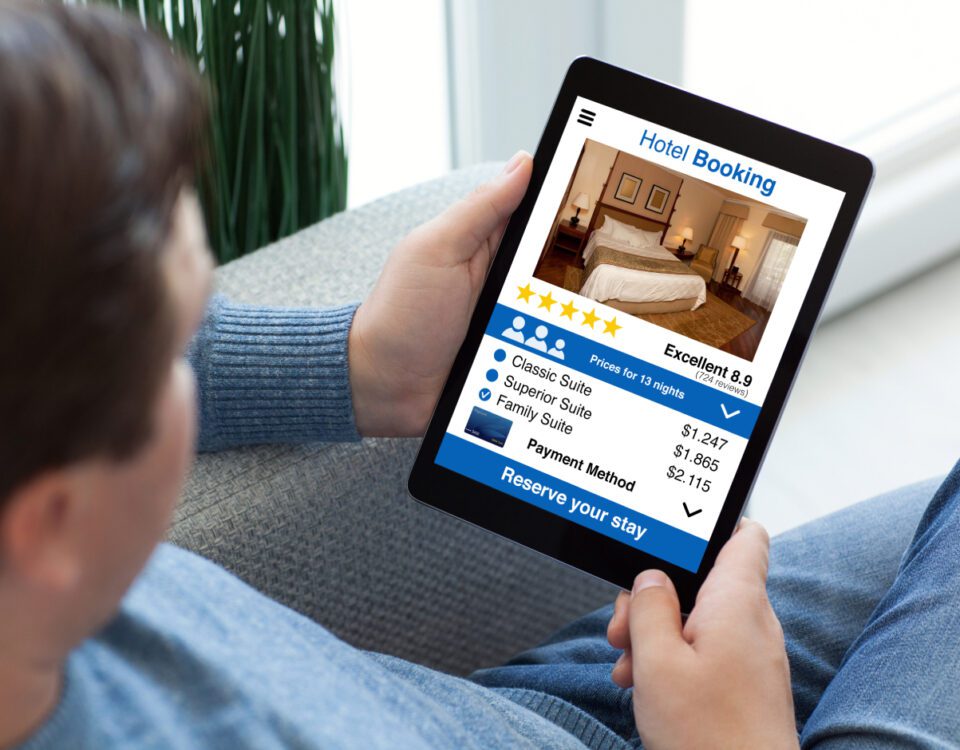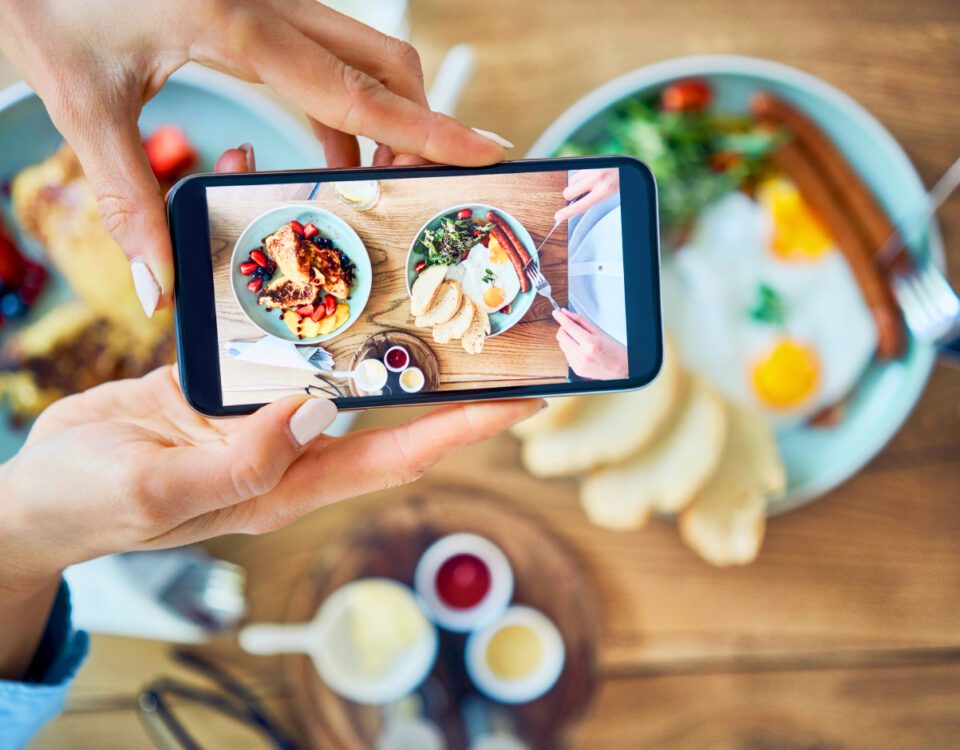Share
Christmas is the perfect time to create a compelling social media campaign that will engage your audience, raise brand awareness, encourage conversions and spread festive cheer. The big day is just around the corner so if you haven’t yet launched your 2023 campaign, it’s a little late to start - but if you’re looking for some inspiration for the 2024 holiday season, read on to discover our best ideas and top tips. We hope these suggestions will boost your brand’s social media results and increase your customer connections, no matter your size or industry!
Step 1: Decide the Nature of Your Campaign
Firstly, you’ll need to decide what kind of campaign you want to run during the festive period and what results you want to achieve. Do you want to facilitate sales, encourage bookings or visits, increase positive sentiment, or spark conversations with your audience? Below are some Christmas campaign ideas:
• A one-off competition that people can enter throughout December
• A series of giveaways throughout the month, perhaps in an advent calendar style
• A promotion surrounding a limited edition product, collection or menu you’ve launched especially for Christmas
• A shopping campaign that clicks through to your eCommerce store or social media shop
• A collaboration with a relevant influencer or another brand
• A festive offer, deal or discount
Don’t forget to set a KPI (key performance indicator) for your campaign too - this will give you a quantifiable measure of how well it’s performing and whether it’s achieving your desired results.
Step 2: Paid or Organic?
Next, choose whether you’d like your campaign to be organic (unpaid) or paid (aka an ad or a boosted post). Competitions tend to perform well organically, so these could be a good option if you’d like to achieve reach and engagements without having to pay. Meanwhile, product promotions and posts encouraging bookings or sign-ups may be better suited to paid ad campaigns, as these allow you to target more specific audiences, add clickable CTA buttons, and track how many conversions occur as a direct result of your content.
Step 3: Create a Content Calendar
Rather than posting your festive campaign content sporadically, it’s best to take a look at the calendar for November/December and plan the days and times you’d like to schedule your posts. Analyse your previous content to see when your audience is most active and responsive, and pay attention to any key dates throughout the festive period that may apply to your brand.
Ensure that your campaign posts aren’t going to overlap with any other content you may have already planned - and if your campaign is going to include paid ads or boosted posts, decide how long you’d like them to run for. We would recommend 5-7 days, but this can of course vary depending on what you’re promoting and if there are any applicable time restraints (such as an upcoming event).
Step 4: Draft Your Copy
Now that you know the basis of your campaign and when it will be going live, it’s time to start writing the copy. Remember - consumers generally prefer short, snappy posts that get straight to the point rather than long paragraphs of text, so aim to keep your copy brief while still including all of the necessary details. On some platforms there are even character limits for paid ads, so this is especially important to consider if you’re running an ad campaign.
Make sure to add a clear CTA so your audience knows what they need to do next. This could be:
• Shop/buy now
• Visit our website
• Enter now
• Sign up/subscribe
• Book now
• Message us
• Call us
You may also want to include a campaign-specific hashtag that will spread brand awareness and create a buzz around your campaign. This is particularly beneficial for competitions, as you can use the hashtag to gather all entries in one place. Alliteration is always a good choice for campaign hashtags, or alternatively, see if you can create a festive pun using your brand name, perhaps by incorporating it into a Christmas song title or a well-known holiday phrase.
Step 5: Choose or Design Your Imagery
Next, you’ll need to choose whether you want to use static photos, designed graphics or a video for your campaign. Naturally, real-life photos and videos are the best option if you’re promoting products, menu items or a physical location (such as a hotel or tourist attraction), while graphics and animations are a good choice for brands that don’t have a tangible item or place to focus on, as well as for competitions (such as the advent calendar mentioned above).
Arrange a photoshoot or video session with a professional photographer or videographer, and use Christmassy props and backgrounds to capture your products or location looking fun and festive. Alternatively, use UGC (photos and videos taken by your customers) to give people a realistic and relatable view of your product or service. 79% of people say that UGC highly impacts their buying choices, so if you’re aiming to boost sales, this could be the perfect route for you. Just remember to ask for permission from the customer first before sharing their content onto your page, and give them credit in your post caption.
Step 6: Schedule & Publish Your Campaign
You’ve written and proofed your copy and your images are ready to go - now it’s time to schedule your content or ads! Use your chosen platform’s built-in scheduling tools or a third-party application like Sprout Social to schedule your posts on the days you chose in step 3, and pay attention to the post preview for each one so you can check if any important copy - such as your CTA or link - is going to be cut off behind the ‘See more’ button.
Similarly, make sure your selected images or graphics are going to appear correctly and that nothing is going to be cropped out of view. For example, when posting an Instagram carousel, remember that all of the images will be cropped to match the aspect ratio of the first one, so be mindful if you’re posting a selection of images that are all different shapes.
Step 7: Interact With Your Audience
If all goes well, you should receive lots of comments on your campaign from your followers and fans. It’s important to interact with these and carry out Community Management, so your audience knows that you value their opinions and that you’re available to assist with any enquiries they may have.
• If you’re running a competition, thank people for entering, wish them luck and ask them how they’ll use the prize if they win.
• If you’re promoting a product, answer prospective customers’ questions promptly so they can make a purchasing decision and prompt them to click through to your website or visit their nearest store.
• If you’re encouraging bookings, give prospective guests the information they need to convert, and direct them to your booking page or request their details so you can make a reservation for them. Just remember - if you’re asking someone to provide personal information, always move the conversation into DMs/PMs first.
Step 8: Conduct Sentiment Analysis
Sentiment analysis - which refers to the process of sorting your social media mentions into positive, negative and neutral categories to discover how your brand is perceived online - is important all year round, but your festive campaign is a great time to start carrying out this task if you haven’t yet. Monitor all of the comments left underneath your content and, if you included a campaign-specific hashtag, take a look through it to see what people have been saying about the campaign and your brand as a whole. As well as analysing the sentiment, also pay attention to any recurring enquiry topics to see which areas your customers have the most questions about.
Step 9: Collect Your Results
Once your campaign is over, collect your results to see how well it performed - did it achieve your desired results and what are the key takeaways for you to apply to your future campaigns?
Take note of metrics such as:
• Likes
• Comments
• Shares
• New followers gained from the campaign
• Reach
• Impressions
• CTR (click through rate) - only applicable if you included a link
• Video views and video completion rate
If your campaign involved paid ads or boosted posts, you’ll also want to take a look at your CPR (cost per result) to see how effectively your budget was distributed. Facebook will let you know if your CPR is higher then, lower than, or similar to other advertisers within your industry, so you can see how your results compare to your competitors.
Summary
We hope these tips will help you prepare and execute a highly successful festive campaign next Christmas, or make some last-minute changes to your current content plan. According to Convince & Convert, social media traffic rises by a massive 73% during the holiday season, so if you aren’t using your online presence to get into the spirit and incentivise those all-important conversions, you could be missing out on a huge opportunity to reach wider audiences and get your brand name out there.
Don’t forget - we’re here 365 days a year (including Christmas Day and New Year’s Day!) to assist your business with customer service, sentiment analysis and more, so if you’d like to partner up with a team of social media specialists in 2024, we’d love to support your next campaign.










